MOTS-c – Mitochondrial-Derived Peptide Regulator of Metabolism
Chemical Identity
Chemical Name: Mitochondrial Open Reading Frame of the 12S rRNA Type-c (MOTS-c)
Molecular Formula: C₁₄₈H₂₂₅N₄₃O₄₆
Molecular Weight: ~2173.3 Da
CAS Number: 1610353-78-1
Sequence (Linear): Met-Arg-Trp-Gln-Glu-Met-Gly-Tyr-Ile-Phe-Tyr-Pro-Arg-Lys-Leu-Arg
Structure Type: 16-amino acid peptide encoded by the mitochondrial 12S rRNA gene
Pharmacological Classification
MOTS-c is a **mitochondrial-derived peptide (MDP)** involved in cellular energy homeostasis, stress resistance, and metabolic regulation. Unlike nuclear-encoded peptides, MOTS-c is translated from a short open reading frame (sORF) within the 12S rRNA gene of mitochondrial DNA and translocates to the nucleus to modulate transcription of metabolism-related genes.
Mechanism of Action
- AMPK Activation: Indirectly activates AMP-activated protein kinase (AMPK), enhancing fatty acid oxidation and glucose uptake.
- Nuclear Translocation: Under metabolic stress, MOTS-c translocates to the nucleus and binds chromatin to regulate adaptive gene expression.
- mTORC1 Suppression: Inhibits mTORC1 via folate-cycle-dependent signaling, favoring catabolic metabolism during energy stress.
- Insulin Sensitization: Enhances insulin sensitivity and prevents diet-induced obesity in rodent models.
β-Arrestin Recruitment
MOTS-c does not bind to classical G protein-coupled receptors and is not associated with **β-arrestin recruitment**. Its effects are mediated via intracellular signaling cascades (AMPK, mTOR, NRF2) and genomic transcriptional regulation, rather than membrane receptor activation.
Mitochondrial Signal Profile
| Pathway | Effect of MOTS-c |
|---|---|
| AMPK | Activated (↑ glucose uptake, ↑ fatty acid oxidation) |
| mTORC1 | Inhibited (↑ stress adaptation) |
| FOXO/NRF2 | Modulated (↑ antioxidant gene expression) |
Pharmacokinetics (Non-Dosing)
- Half-Life: Estimated 2–4 hours in circulation
- Stability: Susceptible to proteolytic degradation unless modified or formulated with carriers
- Bioactivity: Cell-penetrating and nucleus-translocating without classical receptor mediation
Biological Effects
Improves insulin sensitivity, reduces visceral adiposity, and enhances mitochondrial function in preclinical models. Also shown to increase exercise capacity, resist diet-induced obesity, and protect against cellular senescence and oxidative damage.
Stability and Storage
- Form: Lyophilized peptide salt
- Solubility: Water, DMSO, dilute acid; pH 4.5–6.0 preferred
- Storage: –20°C; desiccated, light-protected
- Reconstitution: Prepare with sterile water under aseptic conditions
References
- Lee C, et al. Cell Metab. 2015;21(3):443–454.
- Lu H, et al. Nat Rev Endocrinol. 2020;16(3):121–133.
- Kim KH, et al. Nat Commun. 2018;9(1):3651.
- Reyes A, et al. Front Endocrinol. 2020;11:556844.





